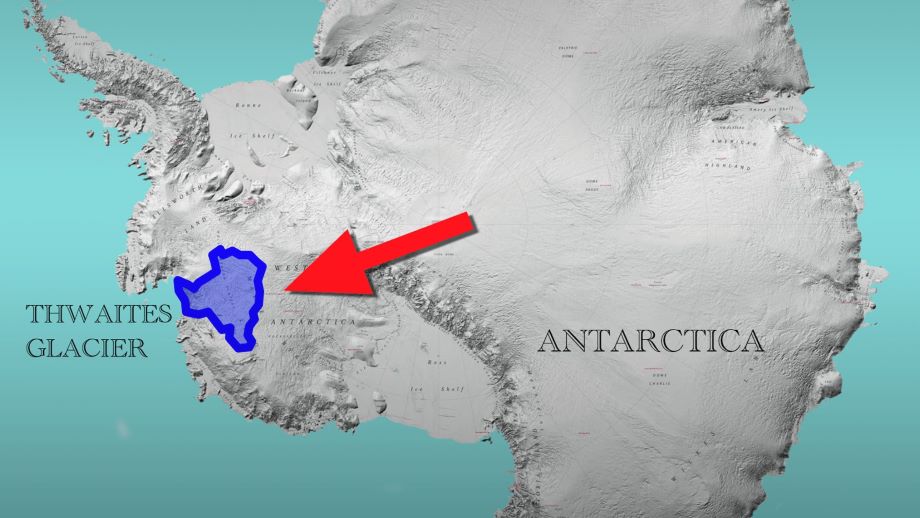[video] Remember Doomsday Glacier? A robot filmed trouble under it
Using a torpedo-shaped undersea robot called IceFin, scientists have filmed the famous Thwaites Glacier’s underbelly, concluding from the video that it’s melting at a much faster speed that calculated earlier and will disappear relatively soon.
The Florida-sized ice shelf floating off the coast of Antarctica will cause the ocean level to rise about 30 centimeters within a few years, if it collapses, while its complete destruction will add a volume pushing water level another three meters by tugging nearby chunks of ice, a group of scientists explained in two papers (one, two) for the journal Nature.

Location of the Thwaites Glacier in Antarctica. Credit: RBS
Researchers said after examining what is called the Doomsday giant that it is fairly simple underneath, flat underside, though the robot found that 10 percent of it is way more complex.







